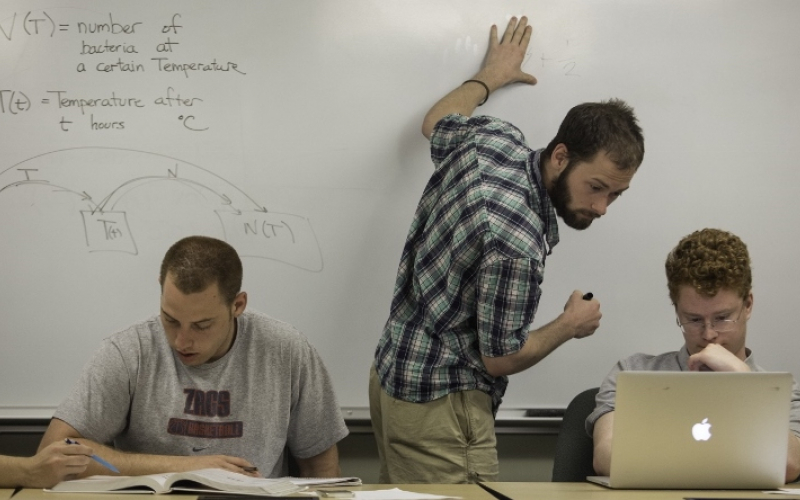Universally-Available Support Services: A Predictor of College Completion for Students with LD

By Adam Lalor, PhD
Postsecondary enrollment rates for students with learning disabilities (LD) have increased markedly since 1990 (Newman, Wagner, Cameto, Knokey, & Shaver, 2010). By 2009, 67% of young adults with LD had enrolled in a postsecondary school within 8 years of leaving high school (Newman et al., 2011). Unfortunately, college completion rates for this population remain low (Newman et al., 2010). By 2009, only 40% of students with LD who had enrolled in postsecondary school had successfully completed their program (Newman et al., 2011). One explanation for why students with learning disabilities are not successfully competing postsecondary programs is that they are not disclosing their disability to their college or university, and, therefore, are not eligible for disability-related accommodations. In fact, only 24% of students with LD inform their college or university of their disability (Newman et al., 2011).
With this in mind, Landmark College’s Lead Education Specialist Dr. Adam Lalor and his colleagues from SRI International and the University of Connecticut conducted an analysis of data from the National Longitudinal Transition Study 2 (NLTS2) to better understand the effect of support use on the college persistence and completion of all students with LD — those who disclose their LD to their college or university and those who do not disclose. Specifically, the researchers examined the impact of using disability-specific support and universally-available support services (e.g., tutoring, writing and study centers).
A sample of 220 two- and four-year students with LD were identified in the nationally representative NLTS2 dataset. Results were obtained using propensity score modeling. As anticipated, the majority (56%) of students with LD accessed at least one type of support — either universally available supports) or disability-specific supports. Given the low rate of disclosure among students with LD it is not surprising that they were more than twice as likely to access universally available supports (e.g., tutors, writing or study centers) than disability-specific supports (53% vs. 26%). Students with LD who had received any support (i.e., support that was universally available and/or disability-specific) were significantly more likely to persevere and/or complete their college programs than students with LD who had not accessed supports (77% vs. 50%).
Based on the findings of this study, it is hoped that secondary educators and educational consultants will prepare students with LD to access the full range of college supports. Although increasing attention is being paid to encouraging students with LD to access disability-specific supports, it is critical that they also successfully access the academic supports available to all students. Given low rates of disclosure and use of disability-specific supports among students with LD, universally-available supports are that much more important.
Check out the full article in Career Development and Transition for Exceptional Individuals
References
Newman, L. A., Madaus, J. W., Lalor, A. R., & Javitz, H. S. (2019). Support receipt: Effect on postsecondary success of students with learning disabilities. Career Development and Transition for Exceptional Individuals, 42(1), 6-16.
Newman, L., Wagner, M., Cameto, R., Knokey, A. M., & Shaver, D. (2010). Comparisons across time of the outcomes of youth with disabilities up to 4 years after high school (NCSER 2010-3008). Menlo Park, CA: SRI International.
Newman, L., Wagner, M., Knokey, A., Marder, C., Nagle, K., Shaver, D., & Wei, X. (2011). The post-high school outcomes of young adults with disabilities up to 8 years after high school: A report from NLTS2 (NCSER 2011-3005). Menlo Park, CA: SRI International.